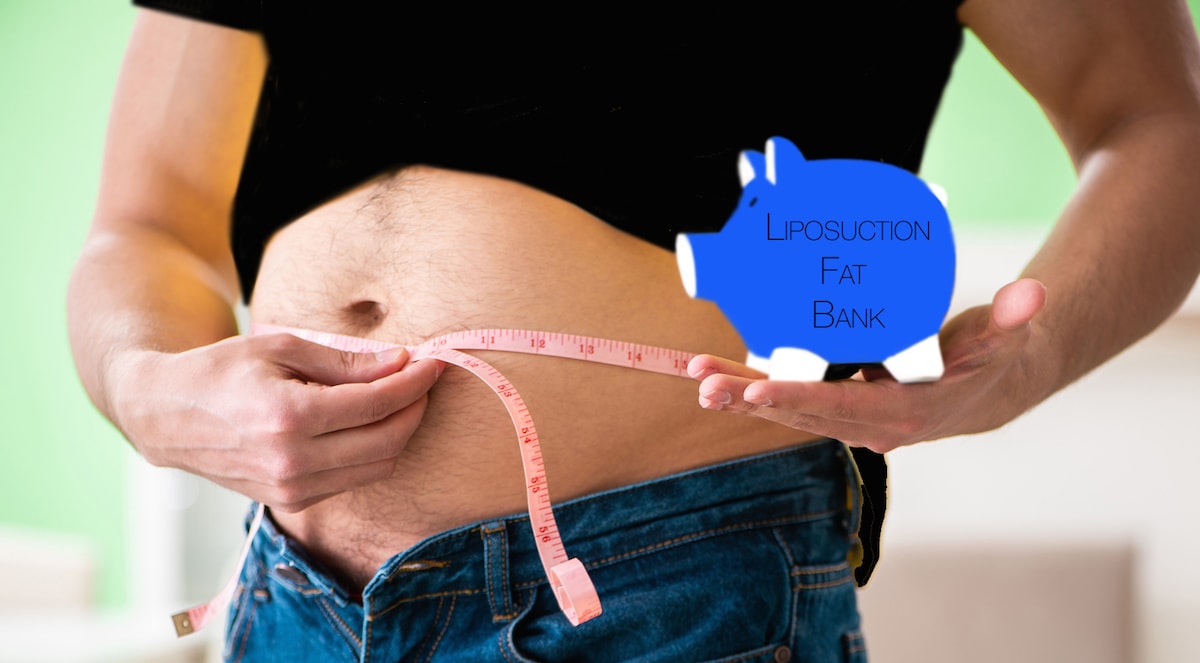
Liposuction is a popular procedure that is performed to give the body a better contour and to also remove unwanted fat in the area that is being treated. The fat that is removed can be purified and injected into another area of the body. An example of this procedure is a Brazilian butt lift (BBL) where the fat that is removed from one area of the body is injected into the buttocks in order to provide more volume and increase its size.
In general, most patients are happy to get rid of the extra fat and don’t have much use for it after it is removed from their body. However, this is not always the case and some patients might want to store their fat away for later use. This group of patients is in luck thanks to the creation of “fat banks” that allow them to save their fat for future use.
The city of Melbourne, located in Australia, recently got its first fat bank thanks to cosmetic surgeon and dermatologist, Dr. Daniel Lanzer.
When speaking with the press about the fat bank, Dr. Lanzer said “Fat banking is a highly sophisticated process that involves cleaning, preparing and slowly freezing the fat to -310 degrees Fahrenheit. This installation has cost hundreds of thousands of dollars and I believe it will change the entire approach to the treatment of aging.”
According to Dr. Lanzer, “Stored body fat is often used for fat transfer treatments. The concept of removing fat from one part of the body and injecting it into another part of the body is one of the most exciting techniques and developments in the field of cosmetic and reconstructive surgery.”
Liposuction reshapes, slims and contours areas the body by removing excess fat from the designated areas. Some of the most popular areas where liposuction is performed include the calves, upper arms, thighs, abdomen and hips. There are also multiple techniques that can be used for liposuction including traditional, power-assisted lipo, tumescent, ultrasonic and super-wet. The type of liposuction performed depends on the overall health of the patient as well as the type of results that are desired by the person.
Anyone interested in undergoing liposuction should schedule a consultation with a board-certified doctor who is experienced in performing liposuction and providing superior results to patients. The doctor will examine the patient and determine if the person is an ideal candidate for the treatment. If so, the doctor will also set realistic expectations and determine the best technique to use to achieve the desired results.
Once general or local anesthesia is administered to the patient, the surgeon makes tiny incisions in the designated area to be treated. A cannula, which serves as a suction tube, is moved throughout the treatment area and the fat deposits are removed via the cannula.
After the liposuction procedure is performed, some of the results are immediately visible by the patient. There will be some bruising and swelling that can last up to three months to completely subside. In general, it can take up to six months for the skin to tighten enough that the final results will be visible to others besides the patient. The results of liposuction can be considered permanent as the removed fat cells will not come back once they are removed. However, fat cells can still grow on other parts of the body so the patient might want to undergo liposuction again at some point in the future.
The decision to store fat depends on the desires of the patient. They might want to wait before they completely heal after liposuction before having the fat injected into another area. Patients might not be sure if they want to use the fat at some point in the future and the fat bank is a way to store the fat while patients decide if they want to use the fat for any future purpose. Finally, a person might want to inject the fat back into the body at some point in the future but the person might not be sure where the fat will be placed in the body. Storing the removed fat in a fat bank gives the person time to make the decision rather than having to make a decision at the same time the fat is removed.
MA